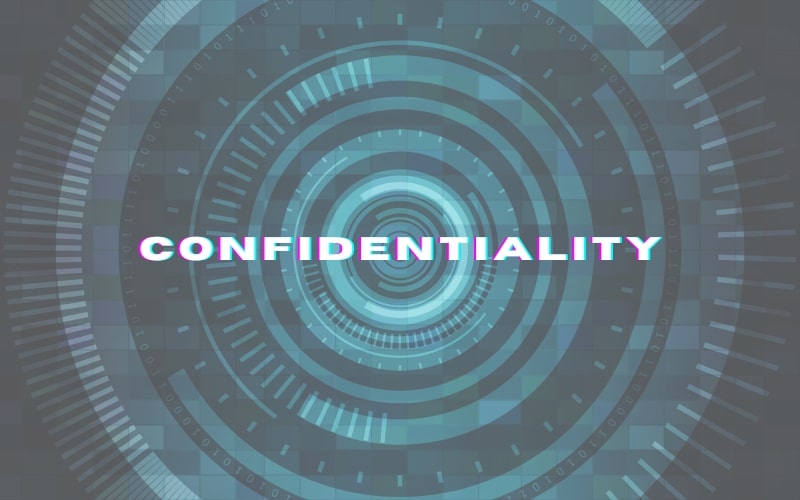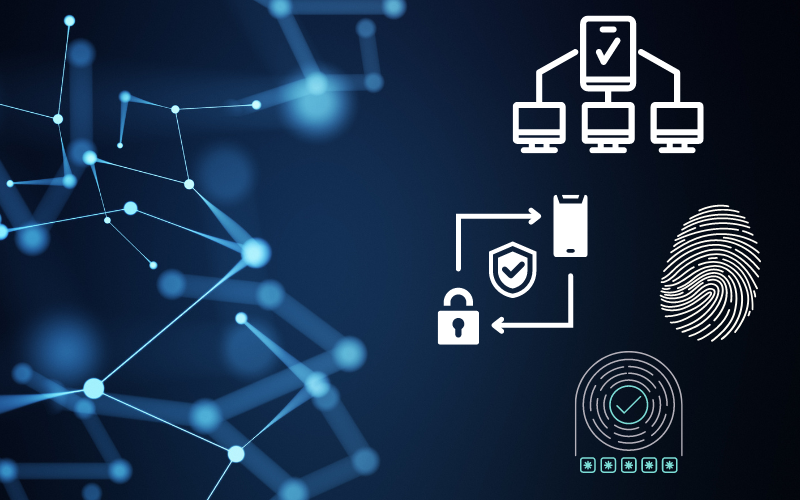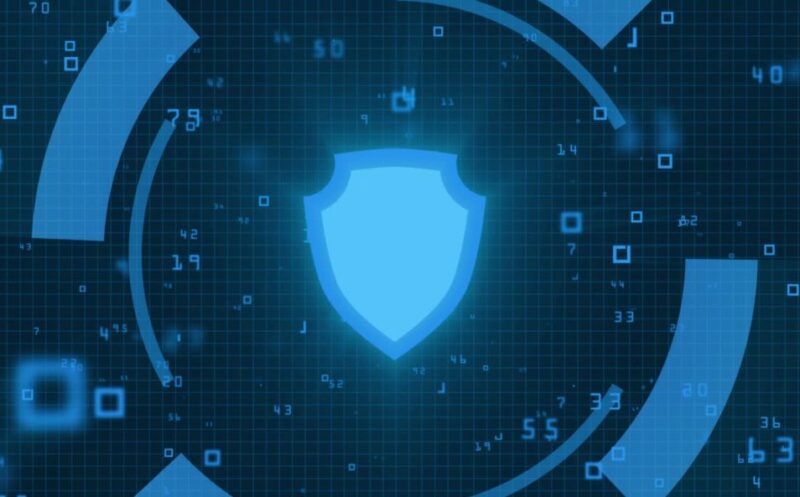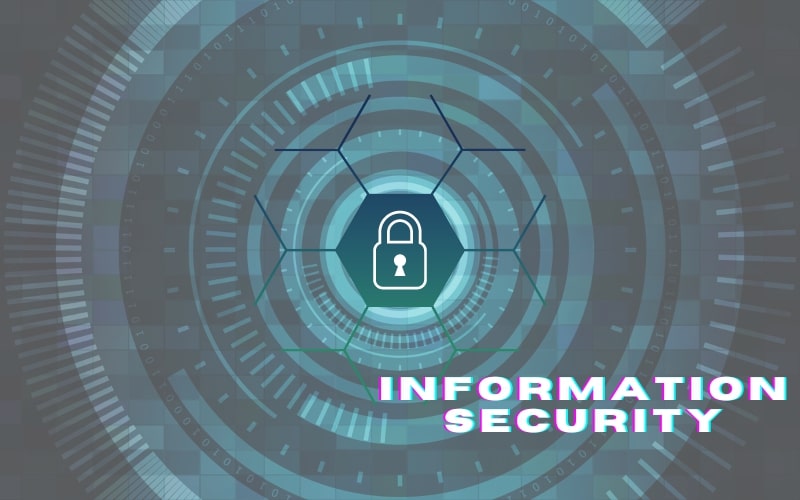In an era where our lives are increasingly entwined with the digital world, the importance of information security has become paramount. As data breaches become more frequent and sophisticated, it’s essential that we understand the principles that underpin effective information security.
This understanding not only enables us to better protect our own data but also contributes to a safer digital environment for everyone.
Information Security Principles
| Principle 📚 | Definition 📝 |
|---|---|
| Confidentiality 🤫 | Ensuring that data is accessible only to those authorized to view it |
| Integrity ✔️ | Assuring the accuracy and consistency of data over its life cycle |
| Availability 🔄 | Guaranteeing reliable access to information and resources to authorized individuals when required |
| Authentication 🔑 | Confirming the identity of a user before granting access to systems or data |
| Authorization 🎫 | Granting or denying access rights to specific resources within a system |
| Non-Repudiation 📖 | Ensuring an entity cannot deny the authenticity of their actions |
| Security Awareness and Training 👩🏫 | Enhancing understanding of potential threats and the importance of following procedures |
| Risk Management 📊 | Identifying, assessing, and taking measures to mitigate or accept risks related to information security |
| Incident Response and Recovery ⛑️ | Preparing for, responding to, and recovering from security incidents |
| Physical Security 🏢 | Protection of hardware, software, networks, and data from physical actions that could cause damage or loss |
| Compliance and Legal Considerations ⚖️ | Understanding and adhering to relevant information security laws and regulations |
Confidentiality

In information security, confidentiality pertains to ensuring that information is accessible only to those authorized to view it.
- Encryption plays a key role by transforming readable data into a format that can only be read by those possessing the decryption key.
- Access control measures like permissions and user authentication further ensure that sensitive information remains within the purview of designated individuals.
Safeguarding sensitive information requires a holistic approach. Best practices include the regular updating and patching of systems, the use of complex and unique passwords, secure backup of data, and the education of users about potential threats such as phishing attacks.
Integrity
In the realm of information security, Integrity involves maintaining and assuring the accuracy and consistency of data over its entire life cycle, with this principle designed to prevent unauthorized alterations to data. Techniques like checksums and hashing play a crucial role in ensuring data integrity by detecting errors or changes in data.
Moreover, data validation techniques help in avoiding unauthorized data modifications by ensuring that the data input into a system meets specified criteria, while, error detection and correction mechanisms work to identify and rectify errors in data transmission and storage, thereby enhancing the overall integrity of the data.
Availability
A vital principle in information security refers to the guarantee of reliable access to information and resources to authorized individuals when required. Concepts like high availability, which focuses on minimizing downtime and ensuring continuous operation of systems, are part of this principle.
To ensure availability, potential threats such as denial-of-service (DoS) attacks must be mitigated. Regular system maintenance, robust network architecture, and reliable backup and recovery procedures are essential strategies to maintain continuous access to critical resources.
Authentication

| Method | Description |
|---|---|
| Passwords | Traditional method using unique phrases |
| Biometrics | Utilizes unique physical or behavioral attributes |
| Two-factor Authentication | Combines two methods for added security |
| Multi-factor Authentication | Utilizes two or more factors for maximum security |
The process of confirming the identity of a person or system. It serves to ensure that individuals are who they claim to be before granting access to systems or data. Authentication methods include traditional passwords, biometrics like fingerprints or facial recognition, and two-factor authentication which requires an additional piece of information beyond the password to gain access.
Multi-factor authentication, which combines two or more of these methods, offers additional layers of security by making it more difficult for unauthorized individuals to gain access even if one factor is compromised. Best practices for authentication include using unique, complex passwords, enabling multi-factor authentication where available, and regularly updating and safeguarding authentication details.
Authorization
Authorization, closely tied to authentication, refers to the process of granting or denying access rights to specific resources once a user’s identity has been verified. These permissions, which can be managed via access control lists (ACLs), determine the levels of access an authenticated user has within a system.
One common method of authorization is role-based access control (RBAC), which assigns access rights based on defined roles within an organization, reducing the risk of granting unnecessary permissions. Effectively managing these privileges and permissions is crucial in maintaining a secure information environment, minimizing the potential for both external and internal threats.
Non-Repudiation
Non-repudiation is the principle that ensures an entity cannot deny the authenticity of their actions. This plays a significant role in transactions where proof of participation or receipt is required.
Digital signatures are a common tool used to ensure non-repudiation. Like a handwritten signature, a digital signature verifies the sender’s identity and confirms they can’t later deny they sent the message. Additionally, audit trails and transaction logs maintain a record of all activities and modifications, further establishing non-repudiation.
Non-repudiation does not just provide evidence of activities; it enhances accountability, acting as a deterrent to unauthorized or malicious actions within an information system.
Security Awareness and Training
The human element remains one of the biggest vulnerabilities in information security. Therefore, awareness and training programs are crucial components in any robust security policy.
These programs aim to educate users about potential threats and the importance of following policies and procedures. They train employees to identify and respond to threats such as phishing emails, malware, and social engineering attacks.
By fostering a security-conscious culture within organizations, we can drastically reduce the potential for human error leading to breaches.
Risk Management
Identifying, assessing, and taking measures to mitigate or accept risks related to the use, processing, storage, and transmission of information.
The process begins with identifying potential risks to the security of information and assessing their likelihood and potential impact. Once understood, strategies can be developed to manage the risks.
This can range from implementing preventative measures and designing and deploying robust response procedures to even accepting the risk if its impact is deemed acceptable.
Continuous monitoring and adaptation of security measures are essential as new threats emerge and existing threats evolve. Effective risk management leads to a stronger, more resilient information security posture.
Incident Response and Recovery

No security measure is 100% foolproof, so preparing for and responding to incidents is a critical aspect of information security. An incident response plan outlines the steps an organization should take to handle an incident effectively and efficiently.
This typically includes identifying and assessing the incident, containing and eradicating the threat, recovering systems and data, and analyzing the incident to prevent future occurrences. Timely and effective incident handling can significantly reduce the damage and downtime caused by a breach.
Following the incident, recovery processes are implemented to restore affected systems and data, return to normal operations, and ensure ongoing resilience against future incidents. The aim is not just to restore normalcy but to emerge stronger and better prepared.
Physical Security
While often overlooked in favor of digital measures, physical security is still essential. It involves the protection of hardware, software, networks, and data from physical actions and events that could cause severe damage or loss and includes everything from locking down the server rooms to ensuring proper surveillance measures are in place.
Access control to data centers and server rooms should be stringent, only allowing authorized personnel to enter. Additionally, disaster recovery and business continuity planning help ensure that even in the case of a physical disaster such as a fire or flood, your data remains safe and your operations can quickly resume.
Compliance and Legal Considerations
Understanding and adhering to relevant information security laws and regulations is crucial. These rules vary depending on the industry and the type of data handled.
For example, healthcare organizations in the U.S. must comply with the Health Insurance Portability and Accountability Act (HIPAA), while companies operating in the European Union need to adhere to the General Data Protection Regulation (GDPR).
Failure to comply with these regulations not only risks fines and legal action but can also lead to damage to the organization’s reputation and loss of customer trust. Due diligence and compliance are not just legal necessities but integral to maintaining a robust information security posture.
Fun Facts
Did you know that the first computer worm to have a significant impact on the world’s cyber infrastructure was the Morris Worm in 1988? It resulted in the first conviction in the U.S. under the 1986 Computer Fraud and Abuse Act.
Or, that a typical data breach costs companies an average of $3.86 million, according to a 2020 study by IBM. And, perhaps most surprisingly, human error is responsible for 95% of all cybersecurity breaches, according to a study by Cybint.
| Year | Average Cost per Breach (USD) |
|---|---|
| 2020 | 3.86 million |
| 2021 | 4.24 million |
| 2022 | 4.71 million |
| 2023 | 5.12 million (estimated) |
FAQ
What’s the difference between information and cybersecurity?
While the terms are often used interchangeably, they aren’t exactly the same. Cybersecurity is a subset that specifically deals with protecting data from threats in the digital world, while information security covers protecting data in both digital and physical forms.
Why is multi-factor authentication important?
Multi-factor authentication adds additional layers of security, making it harder for unauthorized users to gain access to systems or data. Even if one factor (like a password) is compromised, the attacker still needs the other factors to gain access.
How often should I update my security measures?
Security is an ongoing process. Regular updates are critical because they often contain patches for newly discovered vulnerabilities. It’s recommended to update your security measures as soon as updates become available.
Conclusion
Information security is an increasingly vital component of our digital lives. It is rooted in principles such as confidentiality, integrity, availability, and others we’ve discussed here. These principles don’t stand alone; they interconnect and complement each other to form a robust, comprehensive security framework.
Security isn’t a one-time task, but a continuous process that requires vigilance and adaptability as threats evolve. By understanding and applying the principles of information security, both individuals and organizations can significantly enhance their security posture, contributing to a safer digital environment for everyone. As we step further into the digital age, prioritizing information security is not just advisable—it’s essential.

